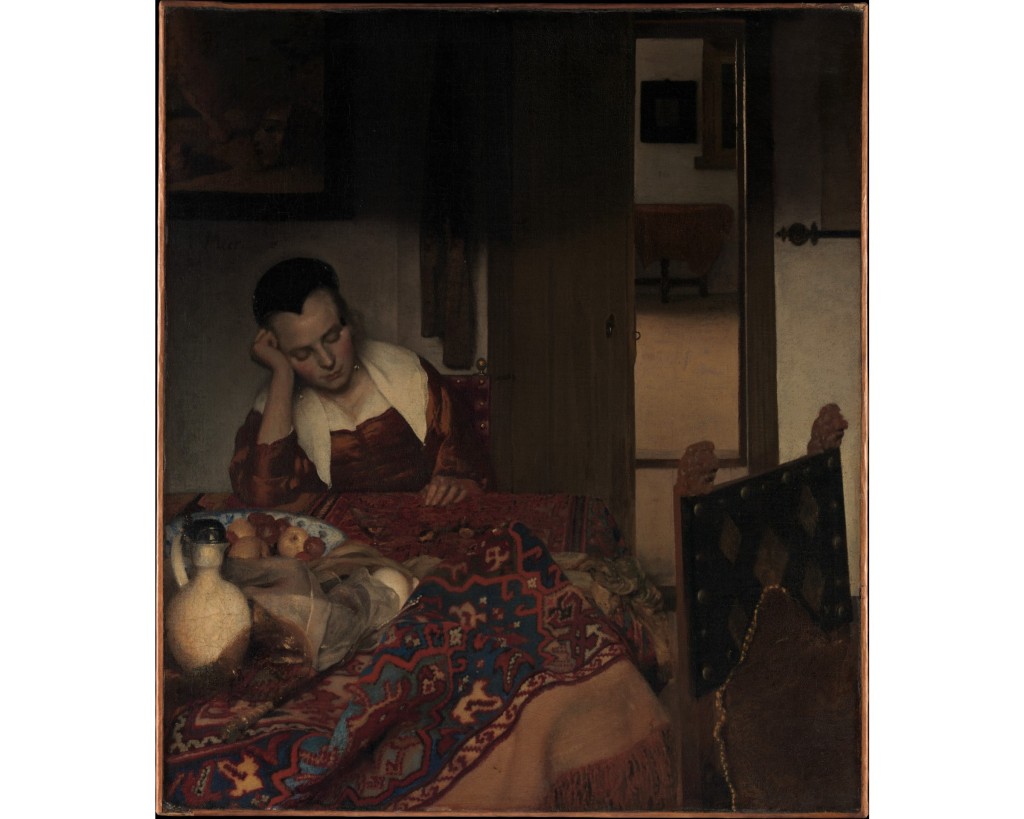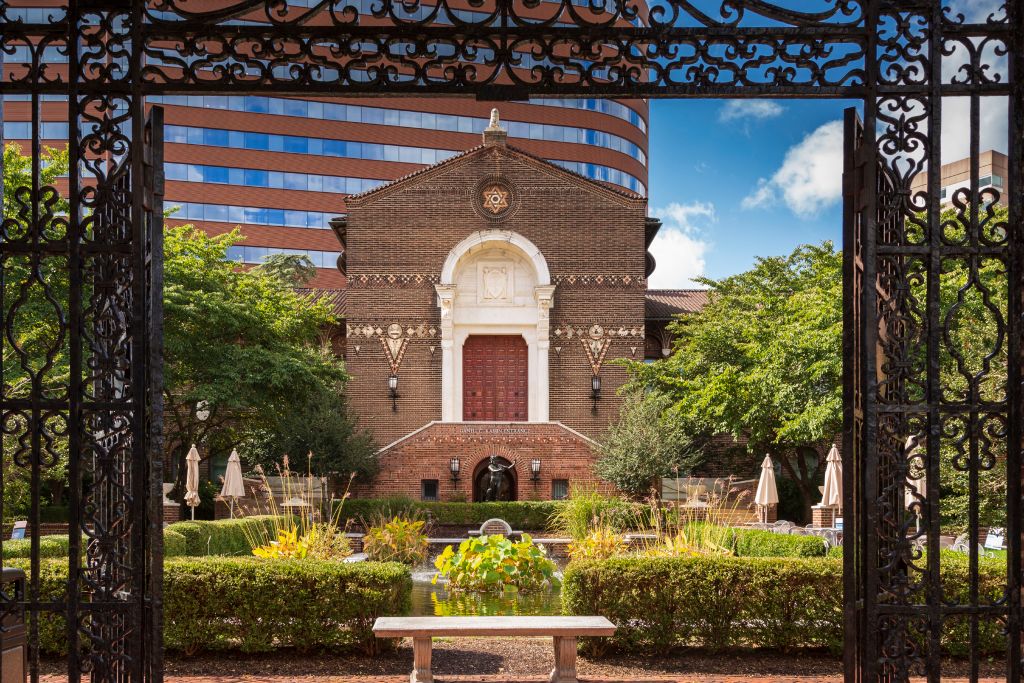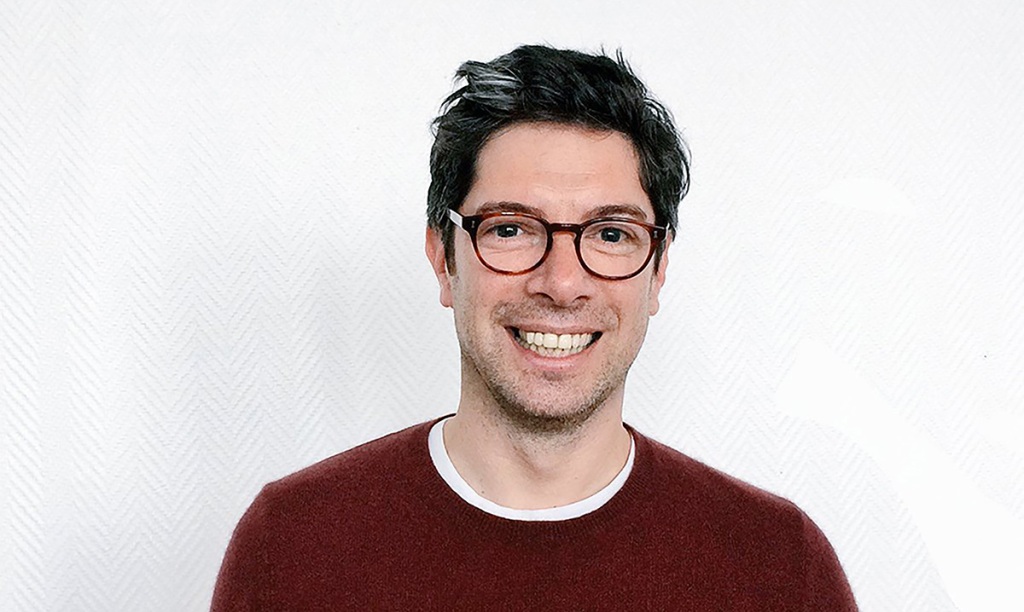Freeport, a Fractionalized Art Ownership Model Powered by Blockchain, Launches
Despite the depressed crypto market, a new start-up has just launched, with big plans to offer fractional ownership of blue-chip art using NFT technology.
Amid the old-fashioned cocktails, Korean barbecue hors d’oeuvre, and heavy drapery, Freeport kicked things off at Zero Bond, a New York club, on Wednesday. An Andy Warhol Marilyn print in a hot-pink colorway was propped up on an easel. This piece, along with three other Warhol prints, were on offer to the first round of Freeport investors, who could buy a fraction of these iconic pieces for as low as $25 dollars a share, with a minimum buy-in of 10 shares (Marilyn goes for $55 a share).
It’s a somewhat familiar concept. Masterworks, which was founded in 2017, was among the first to pioneer that idea of selling “shares” of blue-chip artworks, albeit the publicly stated minimum investment was $15,000, a much higher buy-in. Then, in December of 2021, former Christie’s rainmaker Philip Gouzer founded Particle, which offers shares of artworks facilitated by blockchain technology; essentially, buyers were getting an NFT that represented their share and allowed them to sell on secondary NFT marketplaces like OpenSea or Rarible. Both companies seem to be struggling. An ARTnews investigation uncovered business practices by Masterworks that some have suggested flout government regulations and, meanwhile, Particle’s NFTs are going for much less than their original price, with plans for further acquisitions and a decentralized museum in limbo.
Yet Freeport investors and founders are feeling optimistic. In a way, Freeport is a blend of Masterworks and Particle. Like Masterworks, Freeport has Securities and Exchange Commission approval to sell Regulation A securities, which is a boon, as regulatory bodies start cracking down on the trade of novel assets. But like Particle, Freeport is blockchain-enabled, meaning that they can tap into a collecting community that has proven itself open to new forms of collecting. It could be the best of both worlds.
“We did the SEC thing, we went legit. We’re not that exposed. We’re not like FTX coin. We’re backed by something very solid that has value,” Colin Johnson, cofounder and CEO of Freeport. “There are a lot of people that know of fine art, but they don’t really know any artists. If they’re going to know someone, it’s going to be Andy.”
Luckily, Johnson and his team knew just where to find them. Johnson’s old family friend, Michael Haber (“He bought me my first dog when I was five!” Johnson quips) is a devoted collector of Warhol’s work and encouraged Johnson’s family to buy it, from his grandmother to his brother. In fact, it was Haber who first encouraged Johnson to explore the possibilities of Web3 when Johnson was working at Apple in Partner Marketing.
When he decided to go forward with Freeport, Haber introduced Johnson to Jane Holzer, aka Baby Jane Holzer of Factory fame whose eternal status as a New York “It” Girl was enshrined in a recent issue of New York magazine. Holzer has her own cache of Warhols and agreed, along with Haber, to sell some of it to Johnson, and to dispense some much-needed advice. In the end, Freeport nabbed four Warhol prints—Double Mickey (1981), Marilyn (1967), Rebel without a Cause (1985) and Mick Jagger (1967)—for a little over $1.7 million.
Holzer told ARTnews that she liked the idea from the start, because “I love investing in things and I thought it was kind of bizarre.” Holzer was seated next to Johnson, her fake eyelashes fluttering and blonde hair pulled up into its characteristically voluminous swoop. Johnson credits Holzer as his sage counsel, helping him navigate the social aspects of running an art-related business. So, what does she think Warhol would think of this emerging trend in collecting, art market genius that he was?
“You know what? I just had fun. ‘Oh, my hair, my brand-new dress, I’m gonna go out and have fun with Keith [Haring], Jean-Michel [Basquiat].’ And then it turned out, ‘Gee whiz, Andy really was smart.’ I just didn’t grasp it,” she said.



